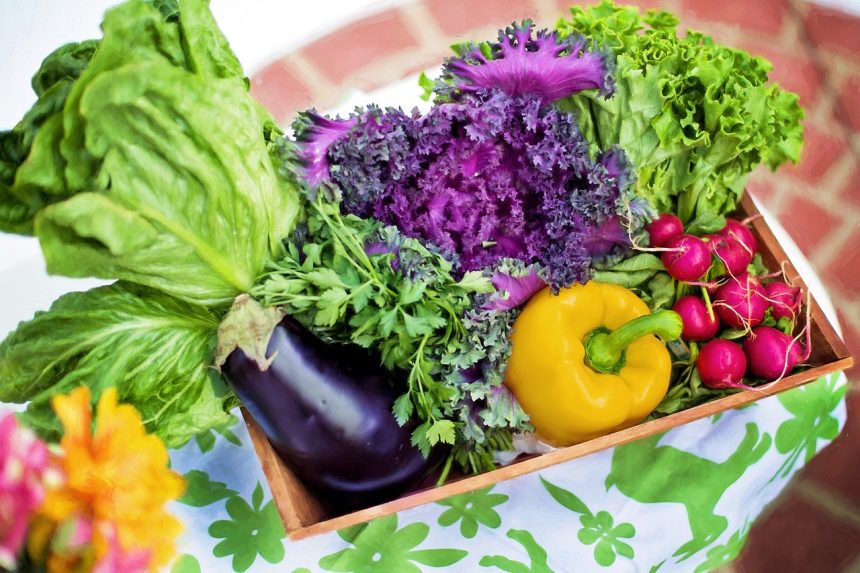Gardening is a year-round activity that evolves with the seasons. Tailoring your gardening practices to the time of year ensures your plants remain healthy and your outdoor space continues to thrive. With thoughtful planning and regular care, you can enjoy a vibrant garden no matter the season.
Spring: Planting and Preparing
Spring is a time of renewal and growth, making it the perfect season to prepare your garden for the year ahead. Start by clearing away winter debris, testing your soil, and enriching it with compost or organic fertilizers. Plant cool-season vegetables like lettuce, peas, and spinach early in the season, then transition to warm-season crops like tomatoes and peppers.
This is also the season to introduce colorful flowers like tulips, daffodils, and pansies. Prune shrubs and trees to encourage healthy growth, and apply a fresh layer of mulch to retain soil moisture and suppress weeds.
Summer: Maintaining and Harvesting
Summer brings long days and abundant growth, requiring consistent care to keep your garden thriving. Water deeply and regularly, especially during dry spells, and use mulch to help soil retain moisture and regulate temperature. Harvest vegetables like cucumbers, beans, and zucchinis as they ripen to encourage continued production.
Plant heat-loving flowers like sunflowers, marigolds, and zinnias for a burst of summer color. Keep an eye out for pests, and address issues promptly with organic solutions like neem oil or insecticidal soap.
Autumn: Planting for the Future
Autumn is the perfect season to prepare your garden for the cooler months and the year ahead. Plant hardy vegetables such as kale, broccoli, and carrots, as well as spring-flowering bulbs like tulips and hyacinths. Add perennials to your garden beds, giving them time to establish roots before winter.
Use this season to tidy your garden by removing spent plants, raking leaves, and adding organic matter to enrich the soil. Aerate your lawn and reseed bare patches for a lush landscape in the coming year.
Winter: Protecting and Planning
While winter is a quieter time for gardening, there’s still work to be done. Protect delicate plants with frost covers or burlap, and apply a thick layer of mulch to insulate roots from freezing temperatures. Prune dormant trees and shrubs to shape them and encourage healthy spring growth.
Indoors, start seeds for early planting and research new plants or designs to incorporate into your garden. For mild climates, winter gardening can include growing cold-tolerant crops like spinach, onions, and garlic.





